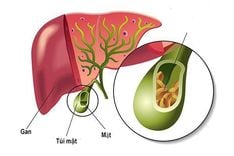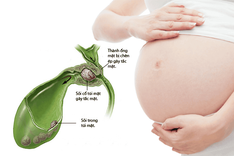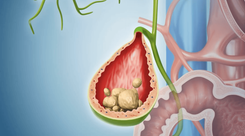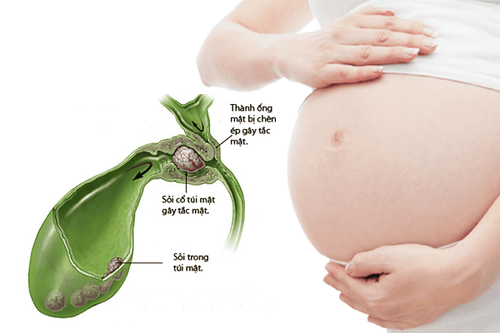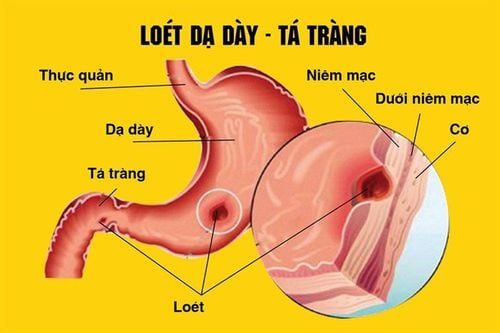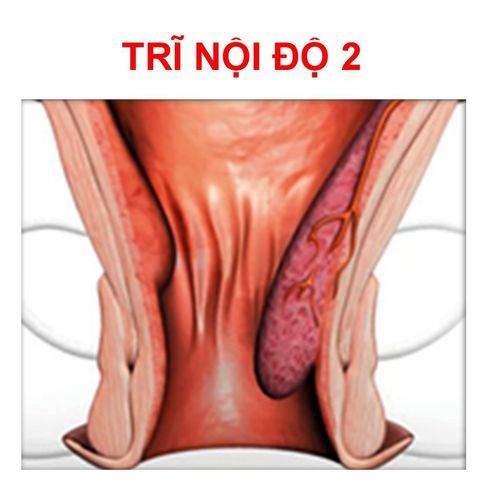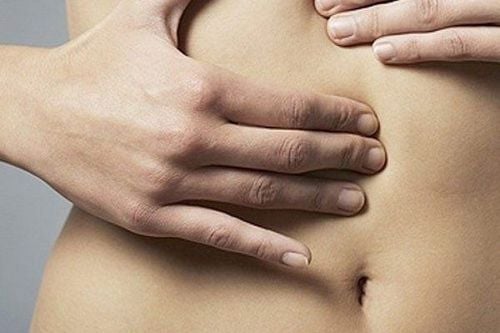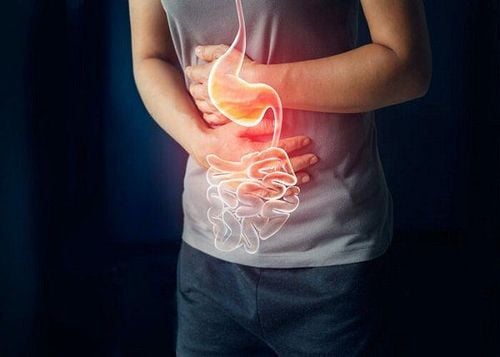The article was professionally consulted by the Doctor of Gastroenterology - Endoscopy Unit, Department of Examination & Internal Medicine - Vinmec Central Park International General Hospital.
The rapid advancement of endoscopy techniques has made gastric polypectomy a widely used procedure. This procedure is performed with minimal invasiveness patients recover quickly and with minimal pain. Moreover, proactive endoscopic gastric polypectomy has successfully detected and removed some precancerous cases.
1. What are gastric polyps?
Gastric polyps are naturally a mass of cells that form on the inner lining of the stomach. This condition is usually very rare because it rarely causes any signs or symptoms. Gastric polyps are only discovered by chance when the doctor performs an endoscopy for other diseases.
The cause of gastric polyps is in response to damage to the gastric mucosa. There, the most common causes of gastric polyps are chronic gastritis, hereditary gastrointestinal adenomatosis, frequent use of certain gastric medications, etc. In addition, there are risk factors that increase the chance of developing gastric polyps such as middle age, bacterial gastric infections, etc.
Most gastric polyps don’t become cancerous. However, some types can increase the risk of developing gastric cancer shortly. Depending on the type of gastric polyp present as well as the size, number, and symptoms of the patient, the doctor will decide whether to continue monitoring or gastric polypectomy. Specifically, if the polyp has a few characteristics that can become cancerous, the patient doesn’t need treatment. On the contrary, if there is a dysplastic polyp the patient must remove it as soon as possible before it shapeshifts or invades surrounding tissue.
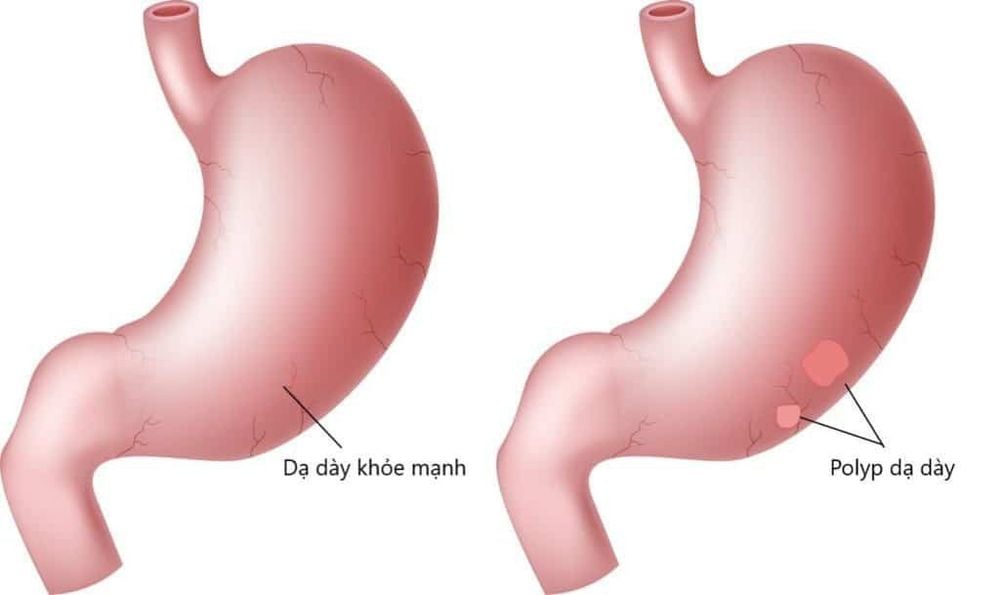
2. What is gastric polypectomy?
Polypectomy is a procedure used to remove polyps from inside the body without causing additional damage. The access is at natural openings such as the nose and mouth with instruments attached simultaneously during endoscopy.
For gastric polypectomy, the doctor detects proliferative masses through upper gastrointestinal endoscopy and if intervention is indicated, the gastric polyps will also be removed during endoscopy. After that, the pathological results will guide the follow-up and treatment after intervention gastric polypectomy.
3. Gastric polypectomy procedure
Gastric polypectomy Surgery is often performed at the same time as endoscopy. Therefore, the patient doesn’t have any specific preparation for this intervention but simply prepares for the endoscopy. Fasting from midnight before the endoscopy is mandatory for all cases. After that, the patient will be changed into a gown, instructed to lie on the endoscopy table in the appropriate position and receive local anesthesia.
To start the endoscopy, a small flexible tube with a light source and a camera at the tip will be lubricated and inserted through the mouth. The tube is then inserted along the length of the upper digestive tract in coordination with the patient's swallowing movements. Images inside the mucosa will be recorded on the screen, through this, the doctor will know the current location of the tube in the esophagus, stomach or small intestine.
Here, if gastric polyps are detected, the doctor will carefully examine the related characteristics and assess the risk of local malignancy as well as family factors. In cases where many large gastric polyps cause symptoms, simultaneous gastric polypectomy surgery through an endoscope is indicated.
At this time, there are many different ways to surgically remove polyps, depending on the doctor's assessment of the characteristics of the gastric polyp and the surgeon's habits and experience.
Accordingly, if the polyp is small, less than 5 mm in diameter and has a stalk, the doctor will use a biopsy forceps to remove it. On the contrary, with larger polyps, such as up to 2 cm in diameter, the doctor will use a thin wire around the base of the polyp and use heat to cut off the stalk.
However, some types of polyps are both large and have no stalk, making gastric polypectomy surgery more difficult. The doctor will perform a mucosal resection technique or a submucosal dissection technique through an endoscope, removing both the entire polyp and a piece of mucosa around the base of the polyp.
However, in cases where gastric polyps are too large and numerous, the risk of malignant transformation is clear or based on previous endoscopic biopsy results, open abdominal surgery to remove gastric polyps partial or total gastrectomy will be considered.
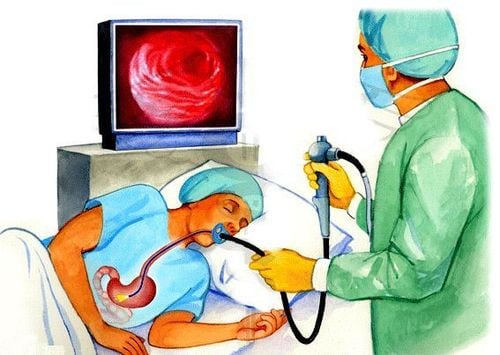
4. Post-operative care for gastric polypectomy?
If gastric polypectomy is performed via endoscopy, the patient can go home on the same day. However, because the anesthetic and sedative may still be in effect, the patient should be taken home by a relative, rest in the room, and avoid heavy work or operating vehicles, or machinery for at least the next 24 hours. On the contrary, in cases of gastric polypectomy via the open abdomen, the patient must be monitored for several days postoperatively and treated with antibiotics and surgical wound care in the hospital.
However, in general, gastric polypectomy has a relatively quick recovery time. Minor side effects such as nausea, vomiting, bloating, urinary retention, flatulence and cramps will usually go away within 24 hours. Note that pain after gastric polypectomy can last for several days and will be relieved with the use of common pain relievers.
The diet after gastric polypectomy doesn’t require any special restrictions. However, the doctor may ask the patient to avoid certain drinks and foods that can irritate the digestive system for two to three days after the procedure, such as tea, coffee, soft drinks, alcohol, or spicy, hot, sour foods.
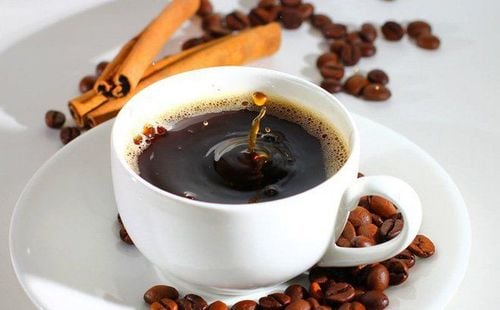
5. What should be monitored after gastric polypectomy surgery?
After gastric polypectomy surgery, the doctor will plan the next follow-up. It is important to check whether the polypectomy was successful and that no polyps have developed further, as well as whether the pathological test results are benign, precancerous, or cancerous.
If it is benign, the patient will not need further treatment. If it is precancerous, the patient will need to be scheduled for periodic endoscopy and lower gastrointestinal endoscopy. If it is cancer, the doctor will determine the stage of the cancer and plan a long-term treatment plan appropriate to the patient's condition.
In addition, the patient also needs to be instructed to monitor possible complications after polypectomy, which may include intestinal perforation or gastric bleeding, with symptoms that vary greatly after each endoscopy. Although the possibility of complications after polypectomy is relatively rare, the patient should return to the hospital immediately if any of the following symptoms occur:
- Fever or chills, which are signs of infection
- Severe bleeding
- Severe pain orabdominal distention
- Frequent vomiting
- Vomiting blood
- Black or red stools
- Hypotension
- Irregular heartbeat
In summary, gastric polypectomy surgery is often indicated during the endoscopy when polyps are detected. This helps to obtain pathological results, assess risks, and allow early radical treatment if the results are malignant. However, to achieve high efficiency in gastric polypectomy, choosing a reliable medical facility, a team of highly specialized doctors combined with standard equipment and tools is essential.
To arrange an appointment, please call HOTLINE or make your reservation directly HERE. You may also download the MyVinmec app to schedule appointments faster and manage your reservations more conveniently.

